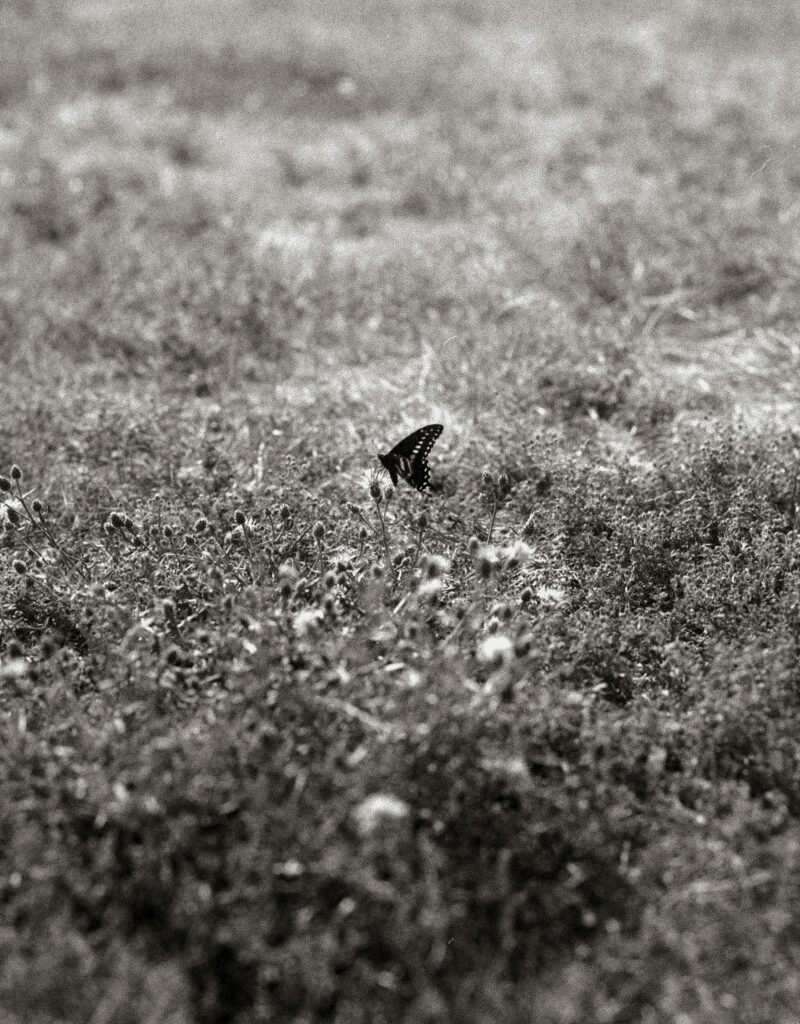Amir Locke from the View of a Kaleidoscope: A Prayer
On grassroots organizing as a form of prayer: the kaleidoscope as a model for illuminating our relations and reorienting our beliefs
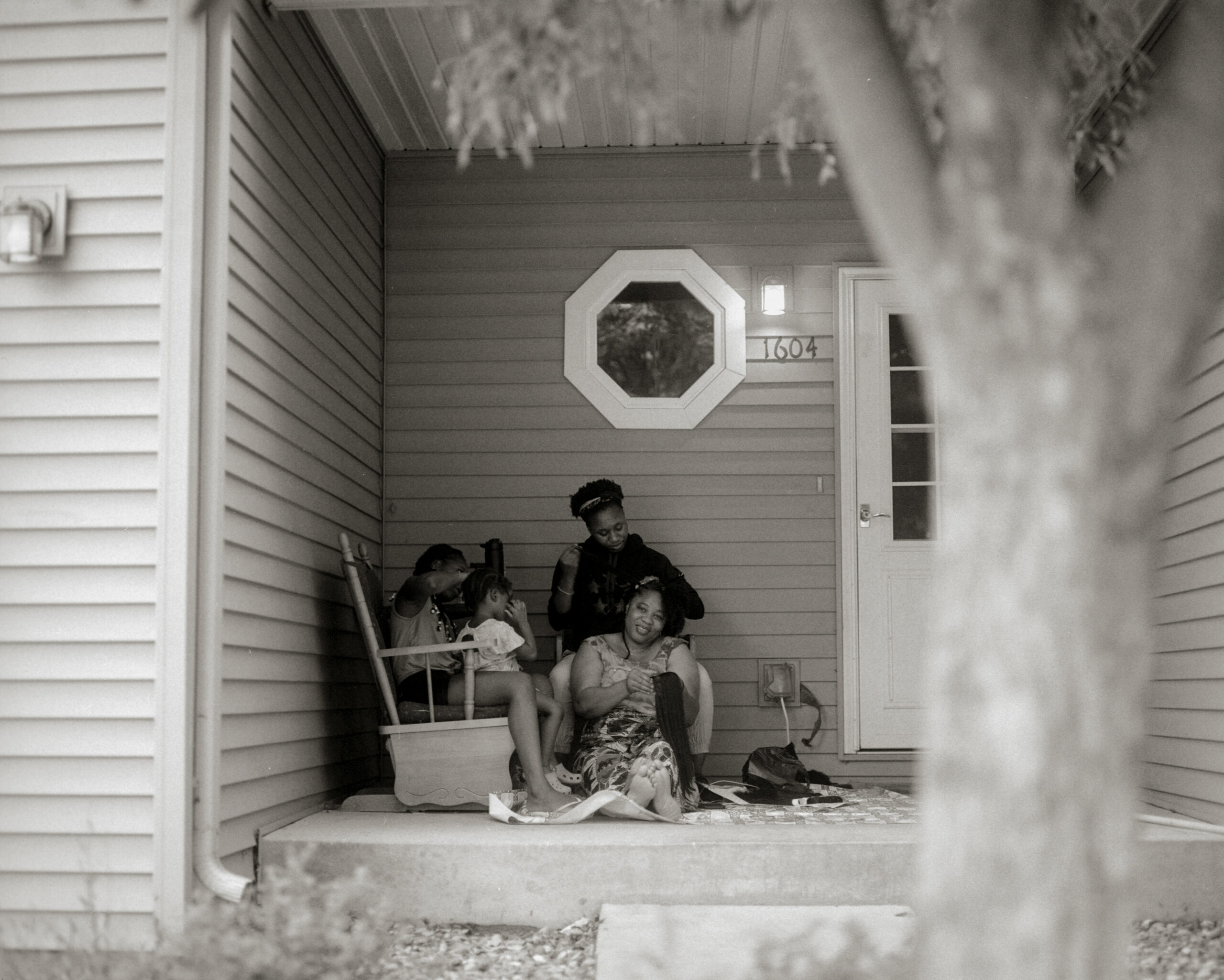
“Sacrificial prayer is inherently intercessory. ‘I pray for them’…but the idea of intercessory prayer is not unique to Christianity. It is a universal idea… Intercessory prayer assumes that one individual can take up the burdens of another without increasing the total sum of misery… Intercessory prayer binds the living with the dead…in sharings one’s burdens in prayer we foreshadow the ideal commonwealth… Heaven in most traditions is socially perfected; and it is the everlasting labor and amusement of saints, angels, prophets, and divine beings to spend their eternity interceding in prayer for those who still struggle below… Among the living, intercessory prayer can be a way to dissolve enmities and create new forms of solidarity… Intercessory prayer ‘stands in the breach’…at times….prayer takes the road alone, it still carries tokens of its comrades…”1
Through the lens of a kaleidoscope, his name is everywhere. Amir Locke. 22. Amir, who is now undone, locationless, is formed by the sound and sight of language. His name through an ordinary optical object: the letters A-M-I-R dart out, spilling in all directions. Letters scattered and reshaped. Kaleidoscopes have this effect. Is this, perhaps, what we could call kaleidoscopic grief? A collective grief that radiates outward? What kinds of interior repair might be available to us by thinking about kaleidoscopes not only as objects we see from, but by “abilities” that are in our relations, all around us? To be kaleidoscopic. But why this particular optical object?
Kaleidoscopes reset our sight. Our senses allow a different image of our geography. 38th and Chicago gets recast in new lights. As inventor David Brewster tells us:
“The name Kaleidoscope, which I have given to a new optical instrument, for creating and exhibiting beautiful forms, is derived from the Greek: beautiful; a form; to see… The first idea of this instrument presented itself to me in the year 1814, in the course of a series of experiments on the polarization of light.”2
Similarly, perhaps our local movements are kinds of optical instruments. They call us to see. What visions could be produced through grief that we might call kaleidoscopic? Through these optical instruments assembled in the dark? They task us to reset our sight. But that’s not all: they achieve more than a readjustment of sight. Perhaps what calls us to look through a kaleidoscope isn’t so much what we would like to see, but what we would like to believe? Could the world really look or be this way? Do our social movements only require local activists, bodies on the ground, or are we called to venture into a reorientation of our beliefs?
As those interested in local rebellion, what can we learn from a 19th-century inventor tinkering in his study? For example, after an uprising in a localized area, is the goal for us as organizers to look back within what Toni Morrison calls our “rememory,” as David Brewster looks back and remembers the reception of his new invention? “The sensation excited by this premature exhibition of its effects is incapable of description, and can be conceived only by those who witnessed it.”3 Is it correct to think of an uprising as an optical invention of the people? Only to be conceived in memory by those who witnessed it?
In the following, I want to suggest that kaleidoscopes usher in new kinds of thinking and seeing the world, particularly when considering ways to organize local communities. But is having an optical instrument enough? Or does this clue us into the way we must also make contact with each other, to be in communion with the relations around us?
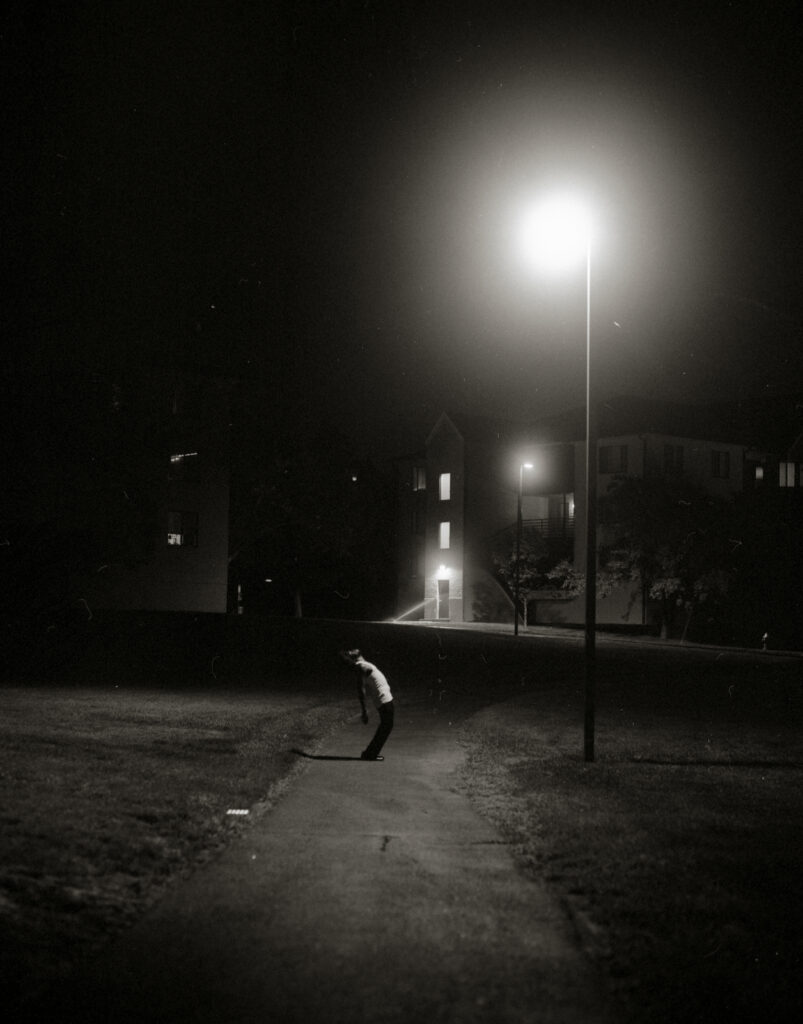
It’s through the kaleidoscope that we as local organizers are called to see what the surrealists call the “morning star,” “the great allegorical image of rebellion; an image from which we learn that ‘revolt itself and revolt alone is the bearer of light.’”4 And that light can reveal itself only through three methods: poetry, freedom and love. Through what we might call “kaleidoscopic sight,” we come to see our role as local organizers as surrealist artist Claude Cahun saw hers on her island fighting French fascist forces:
“1940…the occupation of the Channel Islands by the Third Reich, a new chapter in Claude Cahun’s political and intellectual life began, perhaps the most astonishing and impressive of all: anti-facist resistance… When the German troops arrived, Cahun’s first impulse was to shoot the Kommandant; she took a small revolver and went to the woods to do target practice. However she was too inexperienced, and Suzanne [her life partner] convinced her that she would miss her target.”5
To live within “the kaleidoscopic” is not simply to sense when you might’ve missed your target as a local organizer. There are no single targets, no single issues. It’s also to realize that subversive activity isn’t solely based on what we’re fighting against at the level of the local police or nation-state—it’s also to draw toward the surrealist impulse of subversive adventure and play. It has to do with what gives you joy. It’s within the example of Cahun that we see this kind of kaleidoscopic embodiment:
“They decided to start a subversive activity addressed to German soldiers to incite them to insubordination… Humor, play, allegory, nostalgia, absurdity, the marvelous, and irony were their main weapons in this unequal struggle against the most powerful war machine of Europe… Their fliers contained anti-Nazi and antimilitarist slogans…uncensored information, songs, manifestos…usually signed ‘the nameless solider.’”6
It’s through the links like the one between Claude Cahun and her life partner, Suzanne, that we re-enchant the world. A kaleidoscopic view of militancy sees many colors. There are many forms of target practice. Both revolvers and street fliers. Both subvert the state. To elaborate on this, I hope to make connections between kaleidoscopes and how we might assemble our movements. Simon Springer, in his work The Anarchist Roots of Geography, gives us some frameworks:
“To reiterate, anarchist geographies are understood here as kaleidoscopic spaitialies that accommodate multiple, non-hierarchical and protean connections between autonomous entities. Solidarities, bonds and affinities that are voluntarily assembled are anarchist geographies insofar as they are positioned in opposition to and free from the presence of sovereign violence, predetermined norms, and assigned categories of belonging.”7
Perhaps we are interested in the ways that cultivating kaleidoscopic relations might attend to a community’s local wounds. To go towards uncategorized ways of belonging. To mend both state-responsible wounds and community-responsible wounds. To be kaleidoscopic, we might say, is to practice non-authoritative ways of being together, where spontaneity has the first say. To be kaleidoscopic is this kind of communal organization.
But how are we to do this? What goes into attending to wounds after the shock of the state? Or the grief of non-state violence? Are there ways of knowing that can point us towards enacting our tikkun olam, our mending of the world?
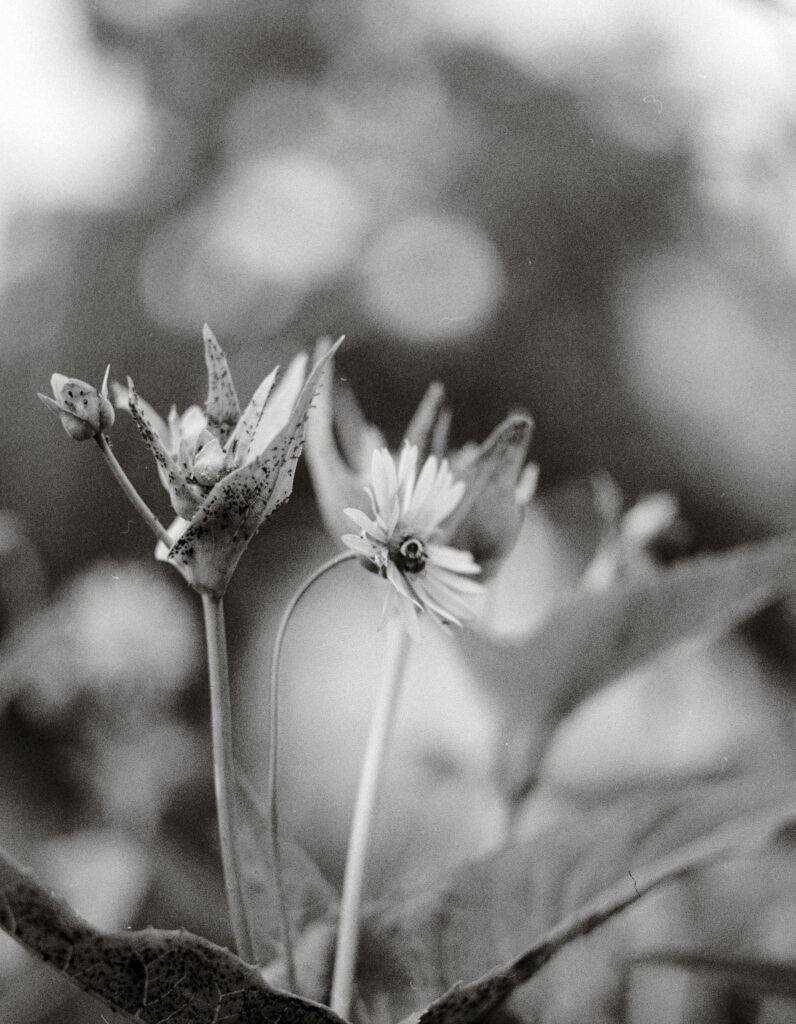
On the most “expansive” terms, perhaps we suggest prayer. Inside Prayer: A History, we get descriptions of this intimate act, “yet a larger truth about prayer is ‘that it alerts the face of the world…revealing unnoticed harmonies and symmetries and knitting together the natural and societal dimensions of our existence.’”8 Within the ongoingness of this act, when done collectively among the disenfranchised, and those who grieve, perhaps we seal bonds that alert our capacity to continue. As described by the couple Phillip and Carol Zaleski, “to pray is also to act.”9 As those whose role it is to organize togetherness, mutual aid, and raids on the state within the study of prayer, we see that its role is “a raid on the unspeakable… Prayer has been compared to a siege…a storm.”10 To achieve what is described inside Tikkun Olam’–To Mend the World: A Confluence of Theology and the Arts as “a triple vision, as it were—of attention to what is behind, and what is immediately before us and what is over the horizon.”11
But why prayer? What concrete effect does it have on our local world? With Toni Morrison we might venture into a site of possibility. Her fictional character, Baby Suggs, a stand-in for the historically unrecognizable within the antebellum period, offers us insight within her novel Beloved. Baby Suggs, the “un-anointed one,” is the mother-in-law of the protagonist Sethe. At the time we meet Baby Suggs in the novel, at first glance one might say chattel slavery has dissolved her spirit. Now old, in her bed, her only requests involve various colors being brought to her bedside, which within itself we might call a kaleidoscopic mode of being:
“Suspended between the nastiness of life and the meanness of the dead, she couldn’t get interested in leaving life or living it… Her past had been like her present—intolerable—and since she knew death was anything but forgetfulness, she used the little energy she left her for pondering color. ‘Bring a little lavender in, if you got any. Pink if you don’t.’”12
Perhaps Baby Suggs, the one who, “accepting no title of honor before her name, but allowing a small caress after it,” the unanointed local preacher, with her “great big heart” provides lessons for the local community organizer who has given decades of their life to their work.
“Slave life had busted her legs, back, head, eyes, hands, kidneys, womb and tongue. She had nothing left to make a living with but her heart—which she put to work at once. She became an unchurched preacher, one who visited pulpits and opened up her great heart to those who could use it… When warm weather came, Baby Suggs, holy, followed by every black man, woman and child who could make it through, took her great heart to the Clearing—a wide-open place cut deep in the woods, nobody knew for what, at the end of a path known only to deer and whoever cleared the land in the first place… After situating herself on a huge flat-sided rock, Baby suggs bowed her head and prayed silently. The company watched her from the trees. They knew she was ready once she put the stick down
[…]
She did not tell them to clean up their lives or to go and sin no more. She did not tell them they were the blessed of the earth, its inheriting meek or its glorybond pure. She told them that the only grace they could have was the grace they could imagine. That if they could not see it, they would not have it.”13
This is a pivot. A shift in how we usually think about organizing at the level of the grassroots. The goal of Baby Suggs isn’t necessarily to better people. Or in other words, to assume one’s role is to be the force that betters people; on the contrary, it is to invite people to participate in their own imaginations: who they are, what they want for themselves and their people, particularly at the speed of grace. The Clearing is a space without judgment. In the antebellum south, this is quite extraordinary. Baby Suggs gathers her people in spaces where intercessory linkages can happen: this is a kaleidoscopic orientation. The gathering itself is a form of prayer. In this way perhaps all grassroots organizing is a kind of prayer.
“Finally she called the women to her. ‘Cry,’ she told them. ‘For the living and for the dead, just cry.’ And without covering their eyes the women let loose. It started that way: laughing children, dancing men, crying women, and then it got mixed up. Women stopped crying and danced; men sat down and cried; children danced, women laughed, children cried until, exhausted and driven, all and each lay about the Clearing damp and gasping for breath.”14
Here the kaleidoscopic is bursting. A Clearing. A little shape within the woods of Kentucky. This shape made from little shapes also calls our attention to a different kind of purpose for a local organizer who we might call Baby Suggs. A purpose situated in flesh. Situated in a particular context of mourning and joy, “she did not tell them to clean up their lives.”15 We see here that a kaleidoscopic space isn’t one where demands are produced. On the contrary, it is a space where relations get illuminated. We see our people. It’s within the Clearing, one might say, the nation-state has no place. It’s not even that it’s rendered unimaginable, it’s simply ignored. And we don’t even know we’re ignoring it. We just are. Perhaps it’s by way of our capacity to unknowingly ignore the state. However briefly, its power is undermined. We might come to know collective joy, tears, laughter as conduits for this capacity.
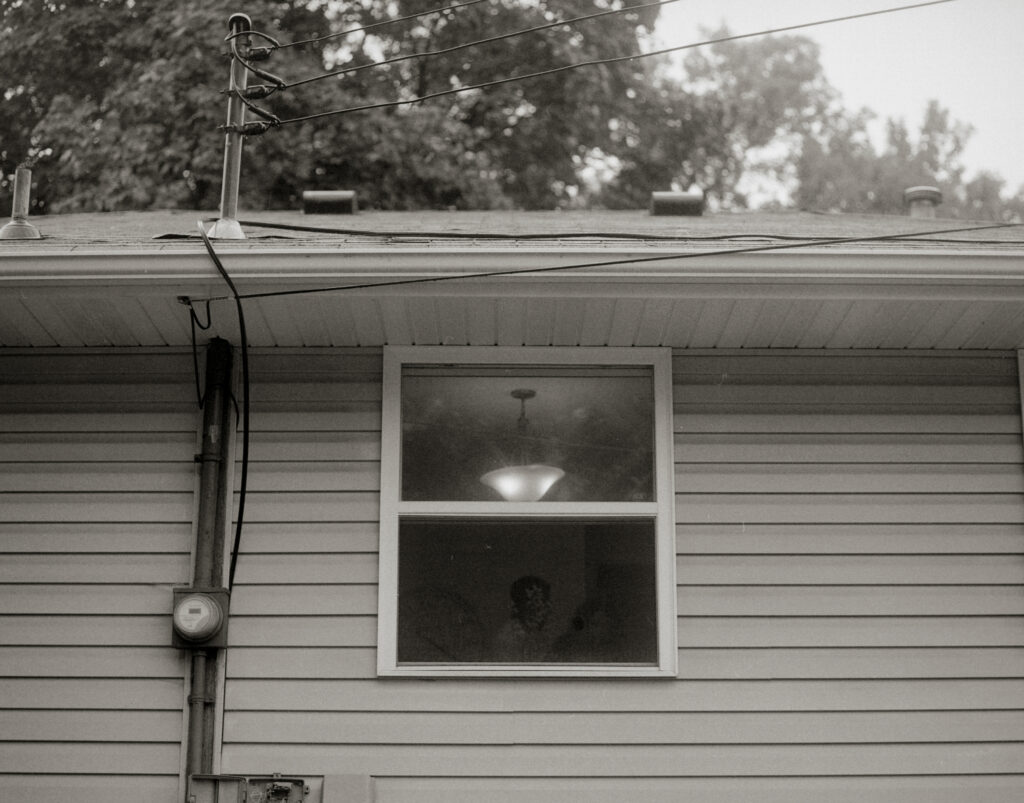
Venturing into ways the enslaved in the antebellum period carved out sites of possibility, we may find models of instruction for the local organizer in Minneapolis. As organizers, does desire in our projects arise only in the logistics required for the completion of our campaigns? Or do we desire to engage in what we call certain kinds of “heart work”? Morrison wrote Baby Suggs to illustrate this kind of possibility. With this reframe, looking at the history of theology, it seems that we who do communal work (even if we identify outside of what are typically thought of as religious traditions) are still in the position of Thomas Kelly, the theologian, who in his youth said to his mentor, “I plan to make my life a miracle.”16
But how do we, as community organizers, proceed to enact our “wonder work”? To live in such a way that turns our lives into “miraculum,” into objects of wonder, much like kaleidoscopes? Do we show up to local grassroots action when we can? To participate in activities that undermine state power? Is that enough? As anarchists, we might say the state is defeated when our relations are remade, when we do for each other what the state cannot: be interdependently connected. Like a pattern. When local residents seek out mutual aid resources from their local co-op, powered by members of their own community, instead of traditional state routes. This is what it is to be linked. Inside a pattern of relationality. Surrounded on all sides.
Octavia Butler provides a glimpse of what we might call a kaleidoscopic web. Her novel, Pattern Master, sets us on an adventure story into a future world of mutated humans who are telepathically connected by an interdependent web called the Pattern. This web links centrally to the Pattern Master, who is decaying at the end of his life. Like many of the worlds shaped by the mind of Butler, we peek into what happens to those who desire power. This desire manifests in Coransee, son of the Pattern Master, who wants the Pattern solely for himself.
At the beginning of the novel we meet Teray and Amber. Amber is a healer inside Coransee’s House. Within Teray’s and Amber’s connection, we receive lessons available to local community organizers. Lessons of ontology. Modes of being and belonging. Within these lessons of ontology, Butler clues us into the sensibilities that are required to contest the nation-state at the level of the grassroots. Within Butler, we find models for being together. As Coransee discovers how powerful Teray is, he instantly sees him as a threat to possessing the Pattern. He manipulates his way by making those who oppose him believe his mental controls are more desirable than their actual independent freedom. Realizing Coransee’s desire to either hold Teray in bondage or eventually kill him, Amber and Teray seek to escape Coransee’s house. Their goal is to find sanctuary at Terry’s birth sector, Forsyth. Through their union as comrades and lovers, we get to know the importance of links. Without the Pattern the journey wouldn’t have been possible. Their linkage allows them resistance, but more importantly to be together, creating an ontology inside of apocalyptic conditions.
“They rode for several minutes in silence. Finally, without speaking, he opened, reached out to her. Linking was like clasping hands—and did not require even that much effort. Now her alarm, her fear, almost any strong emotion of hers, would alert him. And his emotions would alert her. But beyond that, as he feared he was too much aware of the link—aware of a strong, ongoing sense of oneness with her. Normally, a link, once established, became part of the mental background, not to be noticed again until one of the linked people did whatever the link was sensitized to respond to.
But any kind of contact with Amber had to be different, had to be too close. There was nothing for him to do but accept it and surprisingly, it was not that hard to accept. He felt himself relaxing…felt the anger and hurt that Iraq had caused him not vanishing completely but retreating, shrinking so that it no longer occupied his whole mind. And Amber was not doing it, was not reaching him though the link to offer unasked-for healing. It was her mental presence alone that he was responding to. Her presence was eclipsing emotion that he would normally have taken much longer to get over, and he was enjoying it. He should have felt resentful at even this small invasion. Instead he only felt curious.”17
There are many things that are of use within this moment of the novel. Within this encounter, an ontology is brought to light. A kaleidoscopic ontology. One that requires links, “a strong, ongoing oneness.”18 Local uprisings usually don’t last long. We see that in Minneapolis. And they often don’t succeed. Which is of course beside the point. The point is the links we’re able to produce. The state remains and links are illuminated. Kaleidoscopes bring into view links that were once blurred. Who are we to each other? What repairs need prayer, which is to say, need organizing? In the novel, once the sanctuary is almost reached, Teray sees himself in relation to other Patternists:
“He had been laying on his back looking up at the stars. Focusing on the Pattern now was like shifting to view another night sky within his own head. A mental universe. Other Patternists were seen as points of light constantly changing in shape, color, and size, reacting as individual Patternists changed their thoughts, their emotions, their actions. When a Patternist died a point of light blinked out. Teray, seemingly bodiless, only a point of light himself in this mental universe, discovered that he could change his point of view without seeming to move. He was suddenly able to see the members of the Pattern not as starlike points but as luminescent threads.”19
There is also a pivot. From a single point to ongoing threads. Butler brings into a view a shift of ontology. For Teray it is also a shift in epistemology. What he originally thought was the pattern is actually something else entirely. Replacing his original thought of singular points or targets, he is actually participating in luminescent threads. This is a kaleidoscopic view. The Pattern depends on a kind of togetherness that can not be achieved through individual points. We need alternative ways of knowing. Perhaps we as local organizers in the Twin Cities seek to see one another as Teray saw the pattern, like threads of starlight. We want to overthrow the nation-state, yes, but this is a different kind of task, which is to say a different kind of prayer. To be kaleidoscopic is to produce our own kind of tikkun olam—our repair of the world. To be clear, this repair isn’t a kind of reconciliation or even reparations. The nation-state has no place. And is unimaginable. We can’t imagine what we ignore. Our tikkun olam is a consequence of kaleidoscopic relations, for however briefly coming into a clearer view of one another. Kaleidoscopic spaces: where those who were meant to be vanquished by the nation-state are actually undermining it. To achieve this kind of prayer, perhaps we need what we might call an anarchist poetics of prayer. This kind of poetics might say: if we are to live under a state, let us live under a state of perpetual prayer. This kaleidoscopic desire might, for example, take the shape of how contemplative prayer is described in Prayer: A History:
“What explains contemplations shifting colors, its chameleon-like character? The answer lies, at least partially, in its peculiar nature as a wordless form of prayer. Tersa of Avila described contemplation as a ‘close sharing between friends’…a kind of communion of heart to heart… Contemplation is a matter of windows, doors, the open sky—symbols of possibility—a manner of spreading wide the hands of paradise… Is it any wonder that those with the most contemplative experience rarely speak of contemplative prayer? They prefer to talk of the contemplative life, of a pattern of behavior that embraces all modes of prayer… Every element finds its place in the grand festival; contemplation is the prayer that wears a thousand carnival masks…“to pray without ceasing.”20
